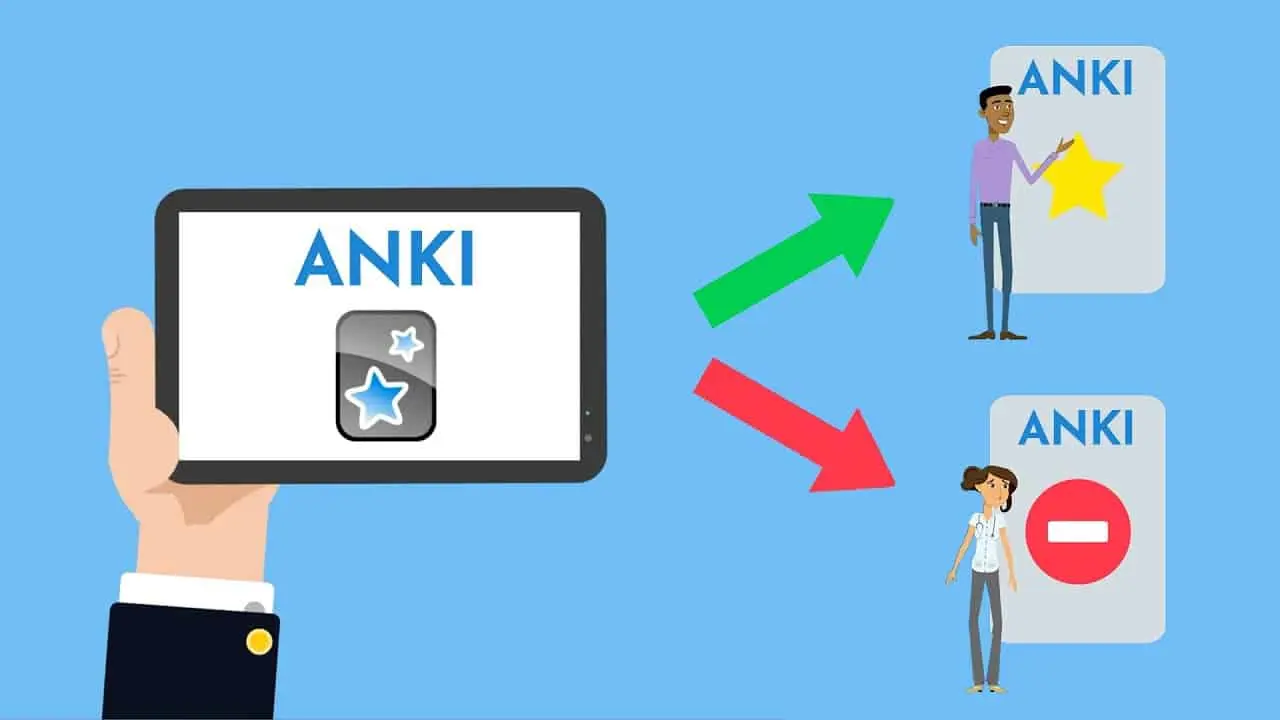You don’t know which learning method to use? In that case, Active Recall Method is ideal for you! Here’s why.
Almost every day we question the way we learn, whether it is really effective for us to remember and learn the facts we are trying to memorize in the long term. We have all researched learning methods that could be of use to us at some point in our academic lives, but whether we have been able to apply them is a completely different story. You have probably come across “active recall”, a learning method that many YouTubers talk about. But what is it actually and how can we apply it in everyday life? How does this learning method surpass text highlighting, rereading the same lesson for the 5th time, and cramming a book?
Active recall involves “retrieving” information from our memory, which strengthens our ability to apply it each time, and more importantly, the connections in the brain are preserved and become stronger.
There are studies that have shown that active recall is more effective than other methods used in research, but I won’t go into the details of the research here, but rather the way you can successfully apply that method in your education. You can read more about the research in this scientific article.
Active recall can be applied in several ways, and each of these ways does not involve an open book or reading your notes. It’s easiest for all of us to repeat by passive reading or repeating aloud with an open book in front of us, but that doesn’t produce the desired results.
Don’t waste time writing notes, instead ask yourself questions.
Although it has been proven that taking notes does not contribute to memory, we still waste our time on it, thinking that maybe this time it will work. We don’t dare to give it up because we don’t feel productive by passive reading. So, what can give us a sense of productivity while effectively learning? The solution is to write questions that we will return to when it’s time to review. Then we actively use energy to extract as much information as possible from our heads. We are often not in the mood for it because we barely have the energy for our “usual” learning, but it really does bring results. Every time we try to remember a certain piece of information, we cognitively “strain” and thus strengthen the connections between the information in our brain.
How do I use this method?
While studying biochemistry, I fell into the trap of note-taking again, but guess what? Most of the time, I didn’t even get to look at them at the end because of the lack of time. Also, I didn’t even remember those numerous chemical reactions precisely because I copied them from the book. I didn’t actively participate in the learning process by repeating the learned concepts.
So I had to do something about it. I tried writing questions instead of dry notes and long sentences. I can’t describe to you how useful it was. Every time I tried to answer a question, I actively tried to remember the explanation for a given term, in this case, a metabolic pathway.
For example, instead of writing an explanation of all the reactions in glycolysis, I simply asked myself the question “What is glycolysis? How many reactions does it consist of, and which three reactions are irreversible?” Don’t be discouraged if you don’t know the answer at that moment, just look it up in the book. It’s much better than taking notes, that’s guaranteed. In the end, the results were visible, precisely because of this way of learning and repeating that helped me memorize the sequence of chemical reactions in biochemistry more easily.
Keep the book closed while reviewing
I know, you might think that you won’t be able to remember anything when you review without the book, but this way you’re actively thinking and trying to extract as many facts as you’ve learned before. This use of the active recall method is interesting because you write down everything you can remember on paper instead of copying text from the book while taking notes. Alternatively, you can write down key terms as you go through a chapter and later try to explain the term as best you can. Then you can check what you missed with the book and work on it more.
Flashcards
You’re probably already familiar with this technique, it’s personally very useful for me to learn the meaning of terms. But for those who haven’t given it a chance before, maybe you’ll like it more now. The idea is to write a term on one side of the paper and a definition on the other. To avoid constantly losing flashcards, the easiest way to use them is through the Anki app. Anki uses the active recall and spaced repetition algorithms to guarantee that you will learn a particular piece of information in the long term. Using the app is very simple, and you can learn more about it in our Ultimate guide to using Anki Flashcards.
Conclusion
I consider these few ways of applying the active recall method to be the easiest to use, so I have presented them in the hope that they will be useful to you in future learning. Although we often feel lost in the sea of information we need to learn in some way or another, there are always a number of methods we can use to succeed. Sometimes try something new, like active recall, if you haven’t already.


Pingback: Complete guide for using Anki flashcards for studying – MedBrane